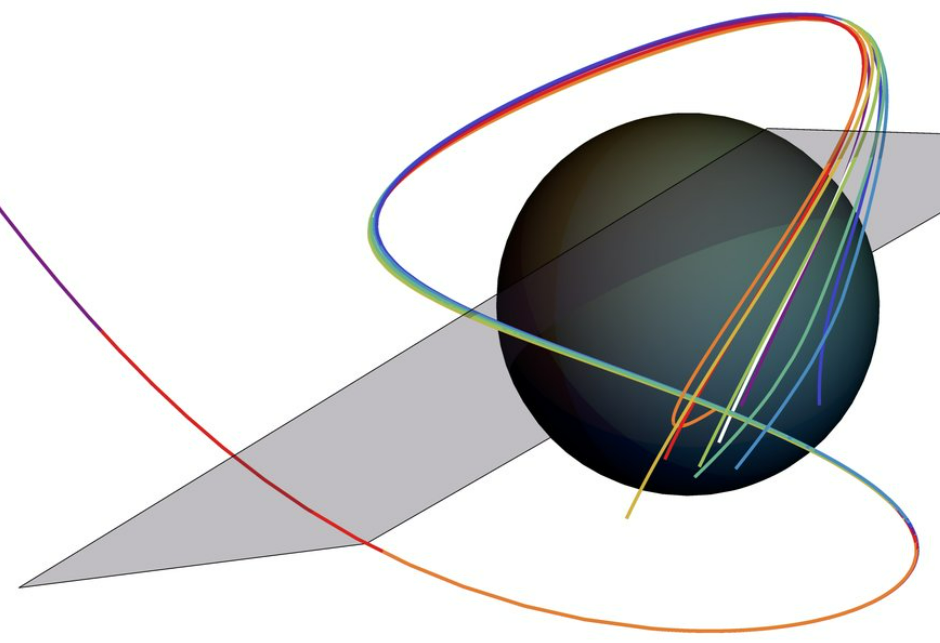Finding new particles with black holes
 The recent imaging of the supermassive black holes at the center of the Messier 87 and Milky Way galaxies offers a unique opportunity to study the environment surrounding these black holes directly. This breakthrough has opened new avenues of research in fundamental physics. One promising possibility is that the environment in the vicinity of these black holes may be composed of very light bosonic particles. These particles are a compelling dark matter candidate that, under certain conditions, can extract energy from spinning black holes and form dense condensates around them.
The recent imaging of the supermassive black holes at the center of the Messier 87 and Milky Way galaxies offers a unique opportunity to study the environment surrounding these black holes directly. This breakthrough has opened new avenues of research in fundamental physics. One promising possibility is that the environment in the vicinity of these black holes may be composed of very light bosonic particles. These particles are a compelling dark matter candidate that, under certain conditions, can extract energy from spinning black holes and form dense condensates around them.
Strong Group members have now demonstrated that the properties of a black hole's photon ring can be used to detect gravitational signatures indicating the existence of these bosonic condensates. The Event Horizon Telescope (EHT) and its next generation upgrade can detect these signatures by carefully analyzing the photon ring. The photon ring in a black-hole image is composed of photons that have executed multiple orbits around the black hole due to the strong gravitational lensing in its vicinity.
In a Physical Review Letters, a collaboration of researchers from the Niels Bohr Institute in Denmark, Instituto Superior Técnico in Portugal, and DESY in Germany showed that if bosonic condensates do form around supermassive black holes, they would deflect photons passing through their interior in a periodic manner. This deflection is exponentially amplified for each subsequent orbit that a photon performs around the black hole before reaching the observer, leading to a unique and potentially detectable signature in the photon ring that the EHT aims to measure.
The researchers have demonstrated that by measuring autocorrelations in the photon ring, the EHT can detect the signatures of a putative boson condensate around the supermassive black hole. This method has the advantage of being able to detect particles that only interact gravitationally, making them difficult to detect by other means. Furthermore, the strong gravity environment outside black holes significantly benefits this approach.
